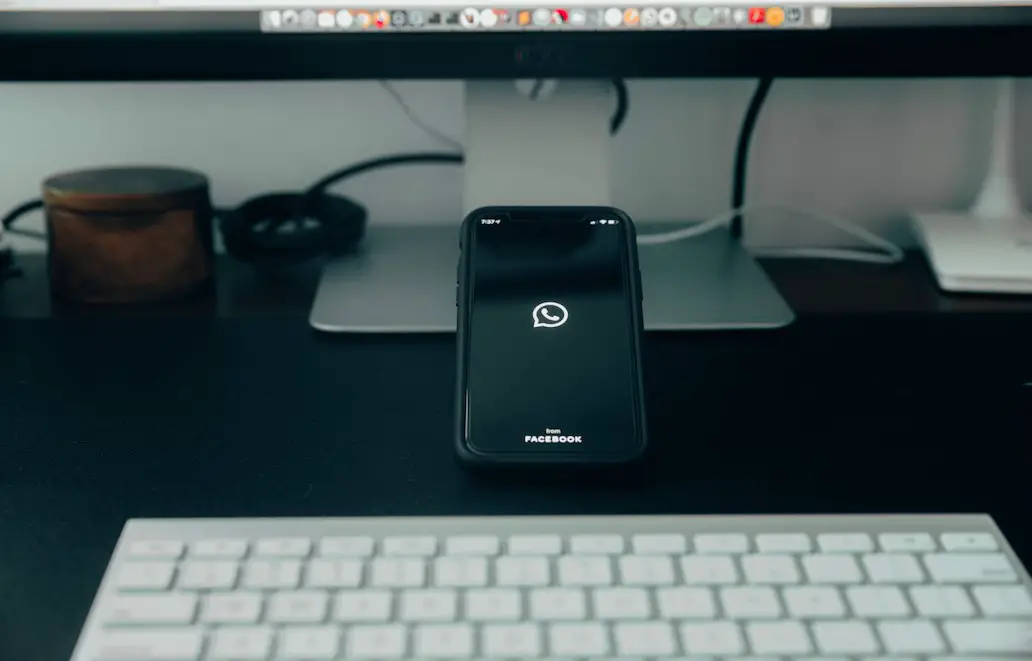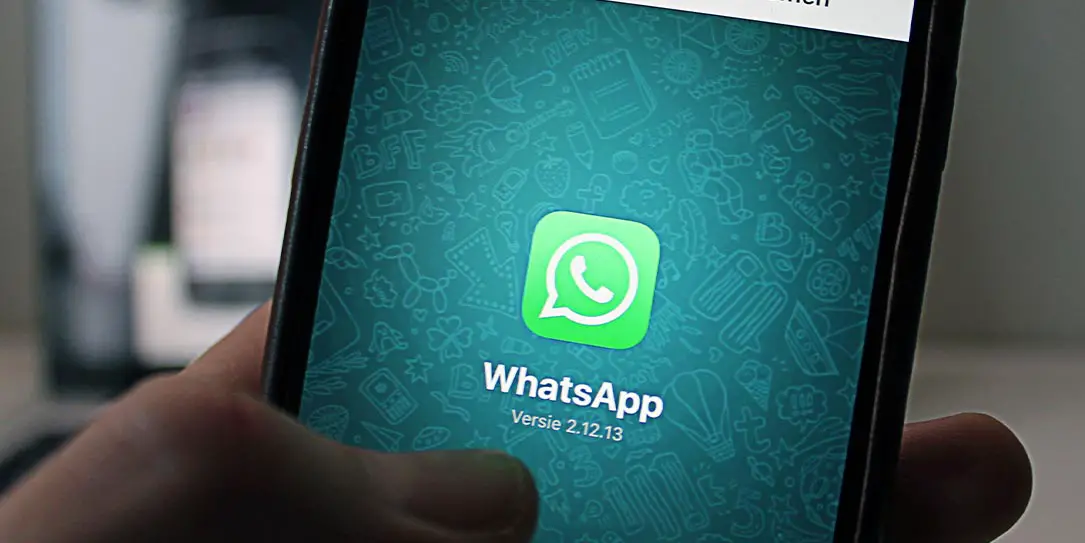Customer retention is crucial to business success as increasing your retention just by mare 5% can lead to doubling your profits. Over and over, the key to retention is proving to be customer experience. In fact, according to iPerceptions, 64% of shoppers say experiences are more important than prices and the percentage is growing.
The question is, then, how to improve your customer experience without putting too much pressure on your employees and strain on your resources? The answer hides in a combination of:
- Automation which delivers speed
- A conversational approach which offers a human touch
- Messaging apps which provide comfort & convenience
While in the past chatbots were only accessible to the coding elite and so, costly and difficult to manage, the times have changed. Chatbots have evolved and so did the ways of their development, mainly thanks to the no-code movement. Following the suit, messaging apps, too, opened their doors to businesses.
Hence, this article explores ways a WhatsApp chatbot can help you both improve the experience of your customers as well as your retention rate.
What is a WhatsApp chatbot & how to get one?
WhatsApp chatbot is, essentially, an automated conversational assistant that allows you to talk to your customers using the most popular messaging app in the world. The possibility of this messaging app assistant became reality in August 2018, when WhatsApp, after many years of “resistance”, opened its API to businesses.
At the beginning, the application process was quite slow and complex favoring large business and enterprises. However, times have changed and the process has become much smoother. Furthermore, more and more providers are offering more accessible solutions in the form of no-code chatbot building platforms that make bot creation faster and cheaper.
There are two types of bots you can create for WhatsApp:
- A simpler rule-based bot that uses options menu or basic keyword recognition to navigate and interact with the user.
- NLP-based chatbot that uses natural language processing to analyze and respond to natural user inputs.
Both options are now achievable using no-code tools. Hence, which bot to use largely depends on your use case.
So, in what ways, specifically, can WhatsApp chatbot improve customer retention?
1. Be when & where your customers are
People don’t sit around all day checking their email or are not always ready to pick up a phone. However, messaging apps are a different story. For instance, an average user checks their WhatsApp more than twenty-three times per day.
So, being present on WhatsApp allows you to reach your customers whenever and wherever they are. Consequently, giving you the power to target them in specific moments of their journey.
Take, for example, PlayKids, a global education platform for children that produces literature, technology and tools products encouraging children’s development. The company used WhatsApp chatbots not only to provide a better customer service but also to build closer relationships with subscribers. The company started sending messages such as:
- Status updates on ordered products
- Customer care messages as a way to reconnect with inactive users
- Additional information about new arrivals, etc.
Moreover, these messages were sent out at crucial times when subscribers were more likely to drop the service (e.g., during the first few months of their subscription or at the time of subscription renewal).
After employing WhatsApp, compared to results previously obtained using email and phone, they noted:
- 90% decrease in number of lapsed subscriptions
- 66% decrease in time to reactivate lapsed subscriptions
- 40% increase in message open rate on WhatsApp
All because WhatsApp allowed them to be in the right place at the right time without requiring their customers to step out of their comfort zone or daily routines.
2. Support asynchronous communication
Another important way a WhatsApp chatbot can help you improve customer retention is by not only allowing you to be available 24/7 (because who isn’t?) but also by letting your customers contact you and respond to you whenever it’s convenient to them.
This phenomenon is called asynchronous communication. This gives your customers the freedom to contact you whenever they want AND get back to you whenever they want without losing the conversation thread.
Allowing this flexibility has the power to improve the customer experience while taking pressure off the speed factor. According to the 2019 Helpshift report on State of Customer Service Automation, messaging was the best-rated support channel despite coming in second in terms of speed of ticket resolution.
Since WhatsApp goes wherever your customer goes, it frees them from sitting at a desktop impatiently waiting for your response. Thus, speed, albeit still important, becomes a secondary factor.
3. Provide continuity through data collection
Chatbots, besides being the kings of conversational experiences, are best known for real-time data collection. They are easy to integrate with a variety of 3rd-party apps and tools allowing companies to smoothly integrate bots into their existing workflows.
When it comes to gathering information, WhatsApp bots offer a significant advantage – continuity. Sure, website bots do gather customer data, but provided that they don’t require user login, they must treat every conversation as new. Even if your bot tracks user IP, there will always be customers who block this kind of data.
On WhatsApp, however, users are identified by their phone number and thus the bot always knows with whom it’s interacting. Therefore, any piece of personal information, preferences, past purchases or complaints stays logged in the bot’s “memory”. In other words, customers are freed from having to repeat themselves over and over every time they get in touch with your brand. Better yet, you are left with a bundle of extremely specific data which can be used to drive hyper-personalized campaigns that offer only what the customer actually wants.
Continuity is a key component of personalization which is the pillar of a positive CX and, consequently, customer loyalty.
4. Gather more & better feedback
If you want to know what your customers really feel about your product or service, you need to ask questions. Sure, there is that little percentage of consumers who are happy to offer their opinion without a prompt but they are an exception rather than a rule. Most of the time you have to fight for it.
Another issue with feedback is processing the feedback once it’s gathered. Usual reviews don’t offer much of a structural insight, so most companies opt for surveys. However, with surveys comes the fight for engagement.
So, how does a WhatsApp chatbot fit into all of this?
On the web, asking for feedback or filling in a survey is an extra step. On WhatsApp, it can feel like nothing more than a continuation of a conversation or a mare check-in on the well-being of your customer. WhatsApp chatbot helps you easily disguise survey questions as a friendly personalized chat: “Hey Nick, I saw you received your order today, was everything OK for you?…. And what do you think about the delivery?” You can personalize the conversation even further by substituting the word “order” for the actual contents of that order or specifying the type of the variable by having the bot access the data in real-time from your backend.
While the users answer, the bot analyzes and saves their responses under specific variables/tags. Thanks to that, you are able to receive feedback in the form of structured data and use them to derive actionable insights and solutions to improve your product/service in the future. Plus, WhatsApp bot will remember the survey responses for each client and take them into account in future interactions.
5. Improve customer service
For your WhatsApp chatbot strategy to be truly effective, it’s important to understand chatbot is not here to substitute your human customer team but to make it work smarter instead of harder.
The best chatbot-related customer service experiences come from instances of bot-human collaboration. In these scenarios bots are used to pre-screen customer queries. They analyze the type of the query and either solve it if it’s within their power or send it to an appropriate agent/department responsible for that particular type of query. This prevents customers being passed from one department to another in frustration as well as frees up your agents to devote more time to more complex tasks and issues.
In the aforementioned report by Helpshift from 2019, bot-human assisted tickets received the highest CSAT scores – even beating the leader, messaging apps. Therefore, having a bot-human assisted service on a messaging app is a win-win as it enables speed while at the same time taking pressure off it.
In a nutshell…
With the world shaken by a pandemic, conversational solutions are stealing the spotlight. More and more companies realize the value of chatbots assistants in providing a satisfactory customer experience no matter the circumstances. The quality of experience directly correlates with customer retention.
WhatsApp chatbots have the capacity to bring speed, convenience and comfort into customer-brand communications across all steps on the customer journey. By improving experience, they have the power to strengthen customer retention and loyalty.
Last Updated on February 3, 2021.













